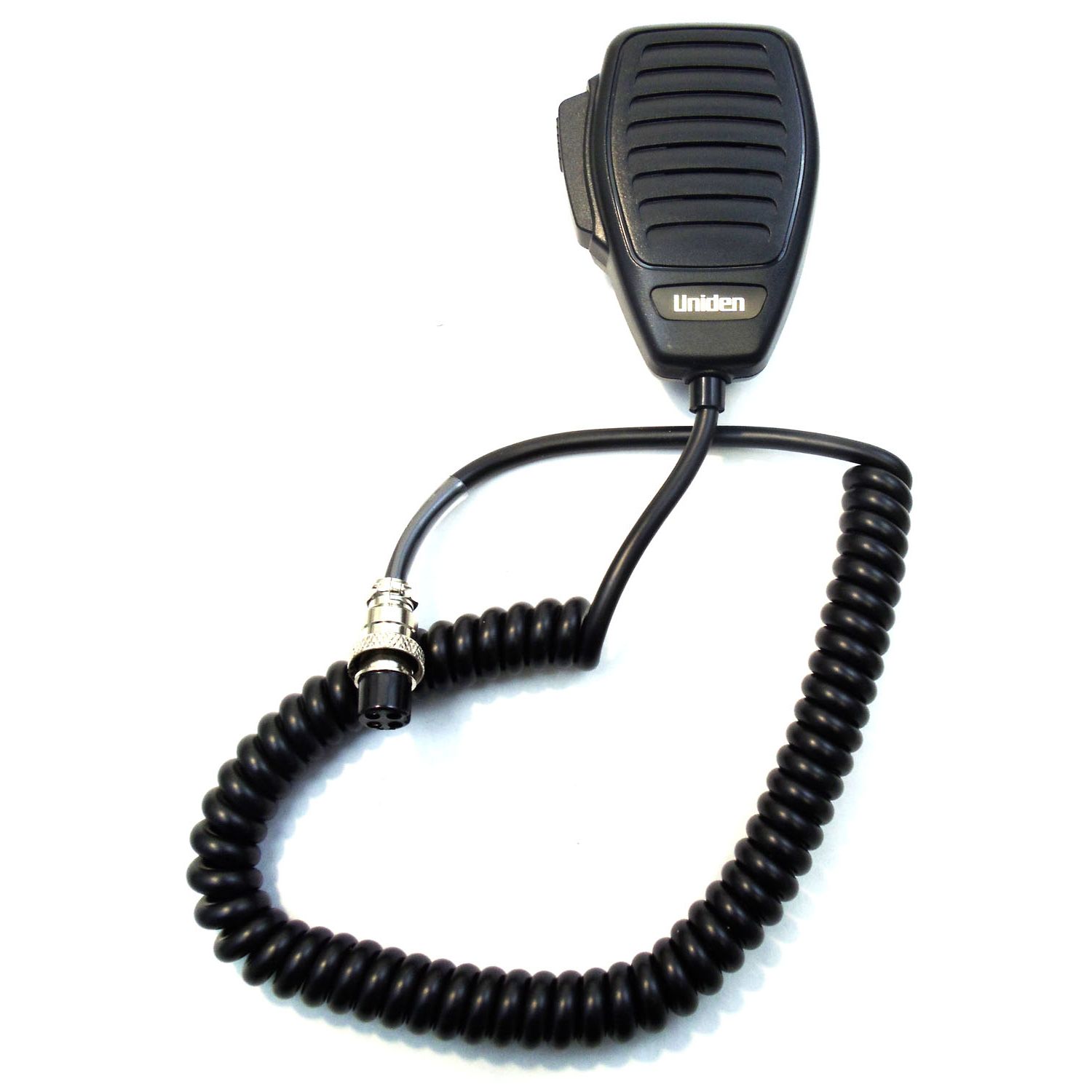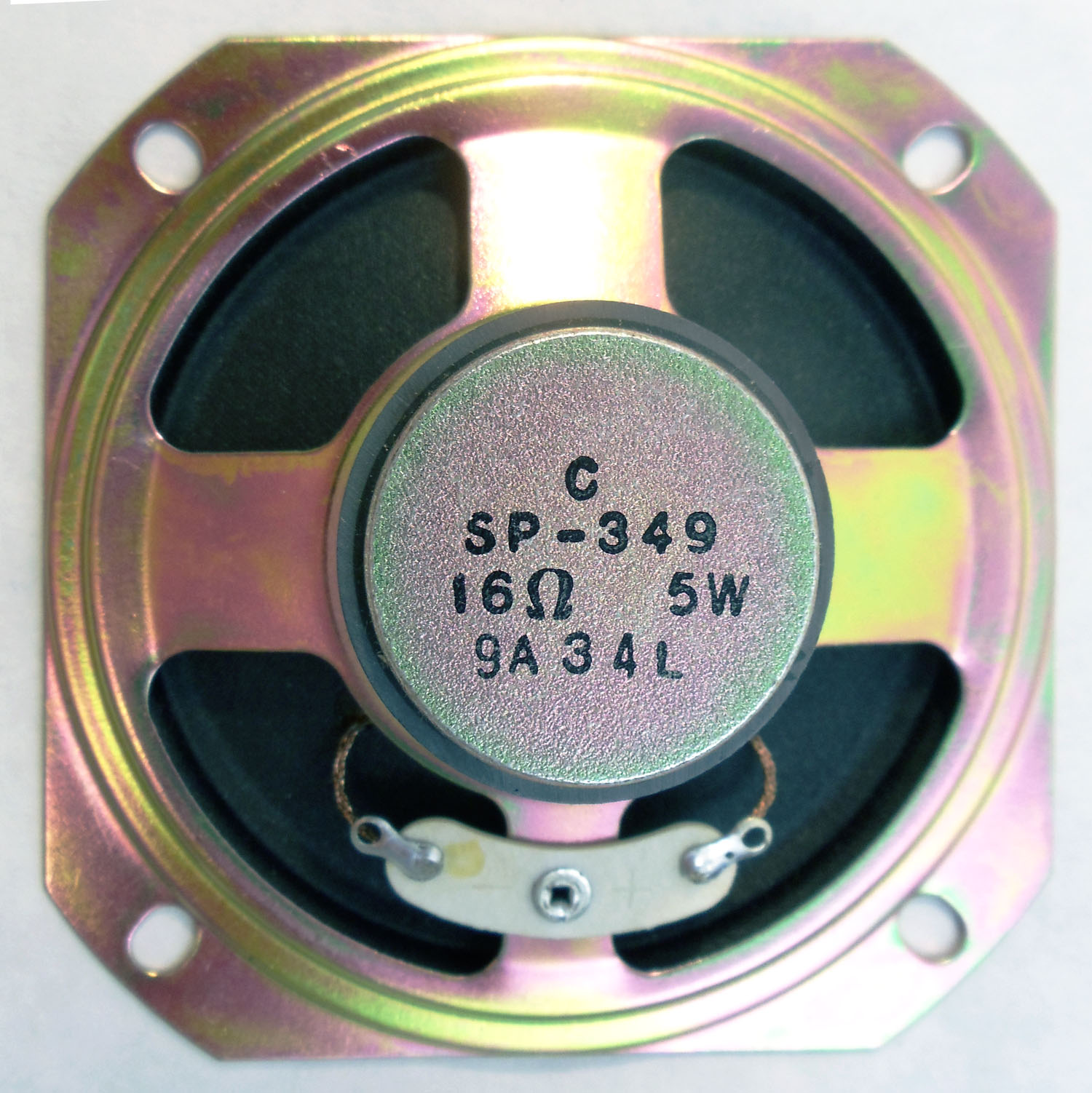

Best places to mount the antenna would be on your roof, like at the peak or on the chimney. This external antenna needs to be mounted outdoors to really be effective. The J-Pole antenna has a low noise floor and wide bandwidth, so it will do an excellent job picking up your VHF and UHF signals. An antenna that specializes on either of those bands, such as the 155-160 MHz Land Mobile and Scanner J-Pole antenna or the 462 MHz GMRS and Land Mobile antennas are excellent choices for reception on either of those bands. But that story will be saved for a later post). (If you live in a large urban metro, your public safety frequencies have probably already migrated to the 800MHz band.

Most communities, especially smaller and more rural ones tend to congregate all their signals in either of those bands. If you analyze your listening habits, you’ll find that you may spend the majority of your time listening to either the 136-174 MHz VHF high band or the 430 – 470 MHz UHF low band. But this compromise delivers mediocrity: meaning it can receive everything, but does a lousy job doing it. An antenna that can receive anything sounds like a great idea who wouldn’t want just one antenna to pick up every signal under the sun.

They are designed for portability and to receive the widest range of radio signals.

The stock antennas that come with your handheld and base scanners are considered compromise antennas. Here are three tips that will help you continue to receive a top quality signal for your radio scanner. Since the radio signal takes up less spectrum, it also becomes weaker and harder to receive. Narrow band signals already sound quiet on older wide-band scanners, so compounding things with a weaker signal to start really doesn’t make for a good scanner listening experience. Narrowband channel spacing allows the FCC to put more radio signals into a given range of frequencies. By this year, just about every public safety radio system has made the transition over to the 7.5 Khz narrowband channel spacing.


 0 kommentar(er)
0 kommentar(er)
